Dangers of Detecting Fentanyl and Explosives in K9 Training
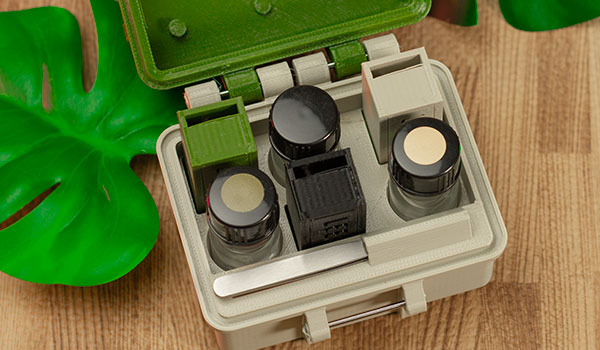
Foreword by Ed Frawley
I met Kevin Sheldahl in 1984 at a police K-9 school in Kansas. We have been good friends ever since. Kevin is a retired police K-9 handler. He became a K-9 Instructor and an International Police Dog Judge. Kevin's company K-9 Services runs 6-week police K-9 courses in which police officers learn how to become new K-9 handlers. To date, he has run 70 6-week courses and trained over 1,200 K-9 handlers. I don't know of another dog trainer that has Kevin's experience and knowledge of police service dogs training.
K9 scent detection of explosives and drugs is not without its risks. Explosives like HMTD and TATP alongside drugs like fentanyl can be dangerous to train with. HMTD and TATP can be easily detonated on impact, temperature change, or friction. Fentanyl, on the other hand, can be harmful and even fatal for dogs to inhale.
Peroxide-based explosives like hexamethylene triperoxide diamine (HMTD) are extremely sensitive substances that can detonate on impact, temperature change, or friction. Other explosive chemicals like TATP and TCPT are also just as volatile and dangerous to train with.
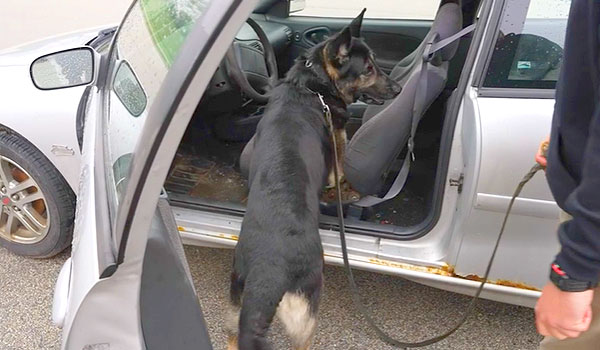
Drugs are also a dangerous substance to train with. Fentanyl is an opioid that is 50x stronger than heroin and 100x stronger than morphine. Medically, fentanyl is used to treat severe pain caused by cancer. However, fentanyl has become a problem as drug cartels mass produce and distribute these substances. It has become a major contributor to both fatal and nonfatal overdoses in the US. US deaths caused by fentanyl have nearly quadrupled since 2016.
It has become crucial to be able to detect these volatile odors to fight against terrorism and drug trafficking. Fortunately, there are safe alternatives for training dogs to detect such dangerous substances.
You may find several costly training aids in the market that will soak an item (silica, filter paper, etc.) with a target scent. These training aids are non-hazardous and safe to use. However, they tend to produce very partial scent signatures in extremely small quantities. This can lead to low accuracy in field detection and can be a problem as some dogs perceive an odor in small amounts as entirely different from the same odor in large amounts.
For example, if you are a handler for explosives detection, you may want your K9 to seek out large, operational quantities of explosives. According to a recent study, dogs can only smell up to 10x the concentration of the target sample they trained on. So, if your dog is trained to sniff out 1kg of a target drug, it will be difficult for them to detect a hidden stash with 50kgs of said target drug.
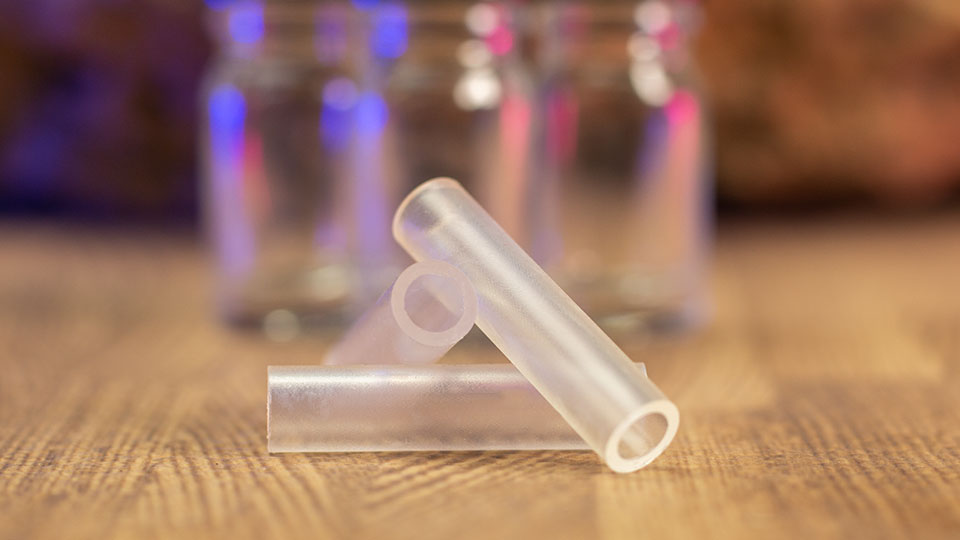
Fortunately, there are other safer and far more affordable alternatives you can use to create a larger scent signature. Getxent tubes are a new patented technology that can absorb the same exact odor profile as the target odor. Depending on how long you expose the Getxent tube to the target sample, you could simulate large quantities of the target odor.
As an example, we have a chart below that shows the duration required to simulate large quantities based on exposure to 1kg of target sample in an airtight container.
| Absorption Duration (Getxent tube exposed to 1kg of target sample in airtight container) |
Quantity simulated by Getxent tube |
|---|---|
| 12 hrs | Simulates 0.5kg of target sample |
| 1 day | Simulates 1kg of target sample |
| 2 days | Simulates 2kg of target sample |
| 5 days | Simulates 5kg of target sample |
| 10 days | Simulates 10kg of target sample |
| 30 days | Simulates 30kg of target sample |
| 100 days | Simulates 100kg of target sample |
The above chart is merely an example. If you want to simulate upwards to a ton of a target odor (e.g. for detecting operational amounts of explosives), you could use multiple Getxent tubes or use a larger target sample to shorten the odor absorption time.
Learn more about Getxent tubes »
If you are interested in using Getxent tubes with your training, checkout Leerburg’s new Getxent items:



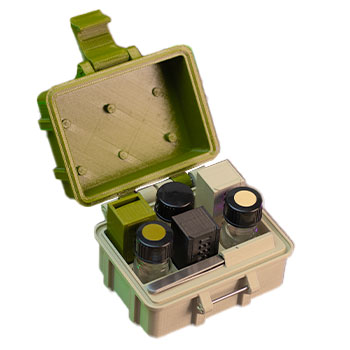
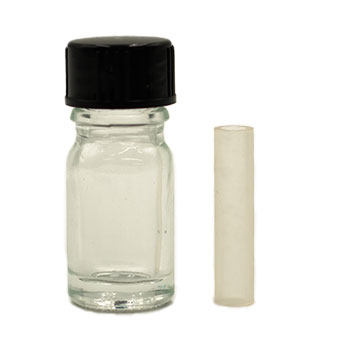

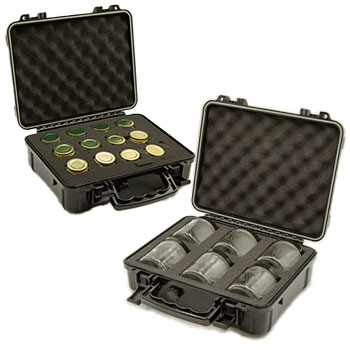

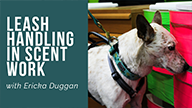
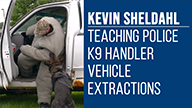
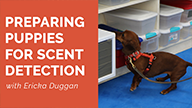
Ask Cindy.